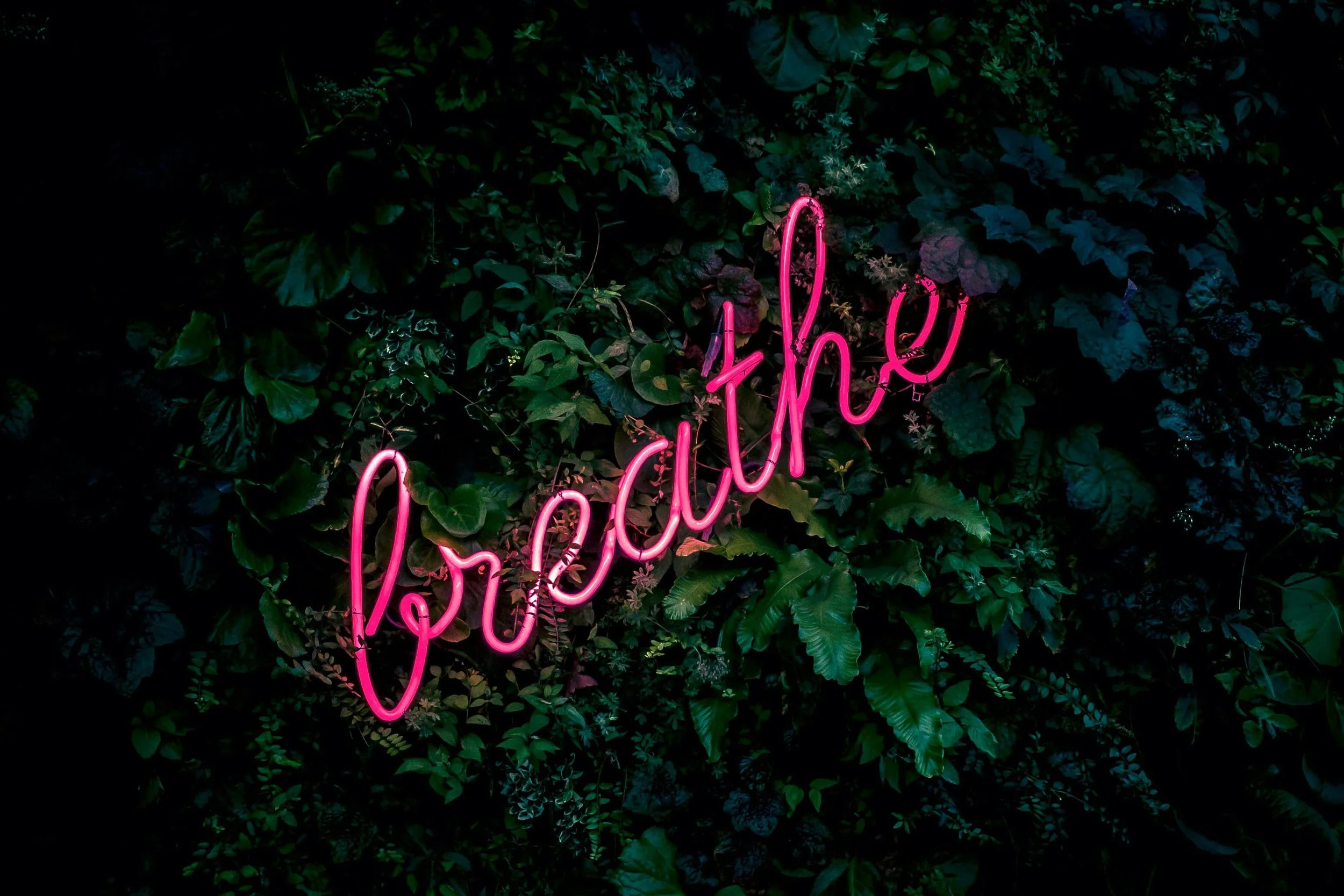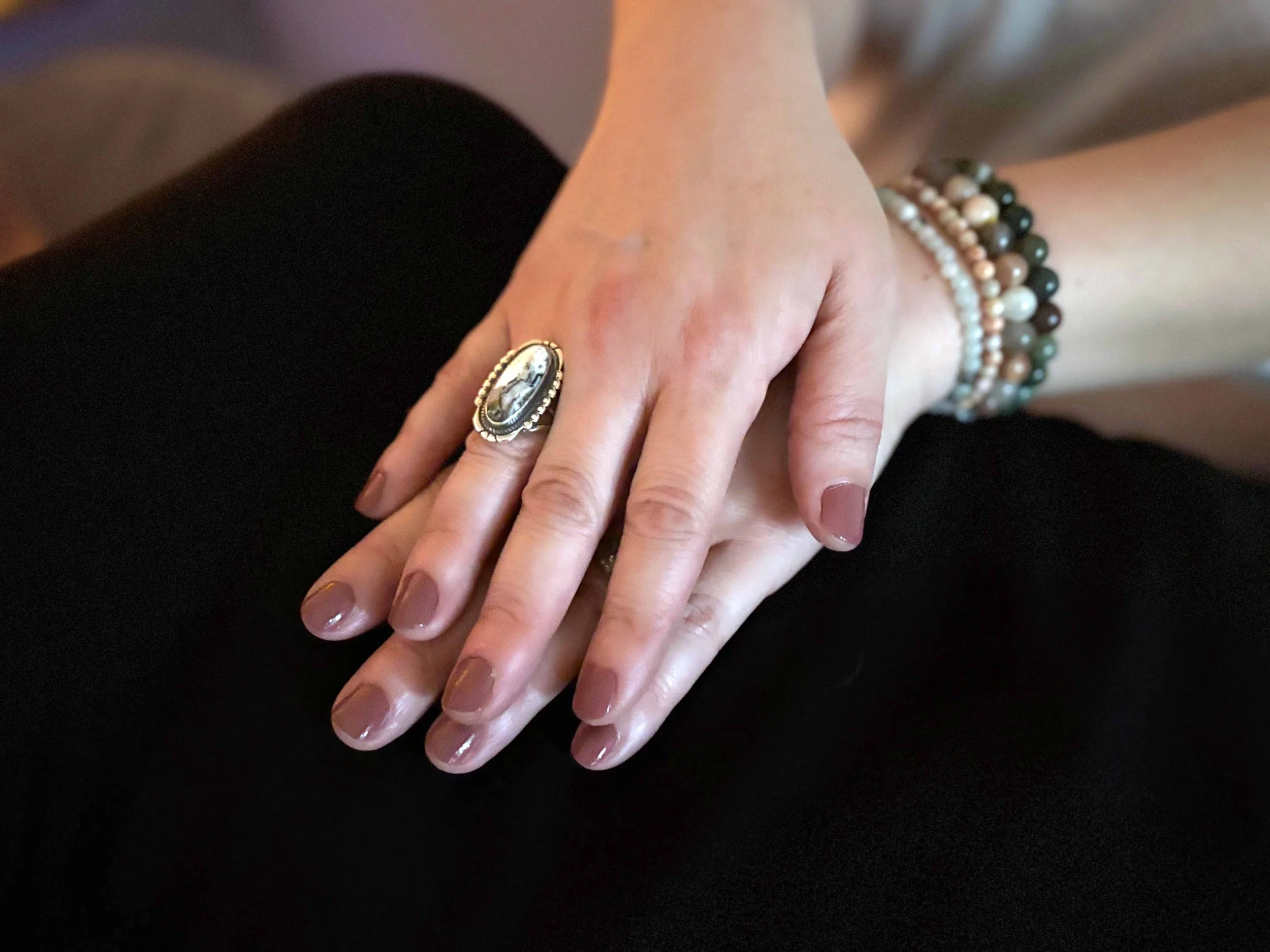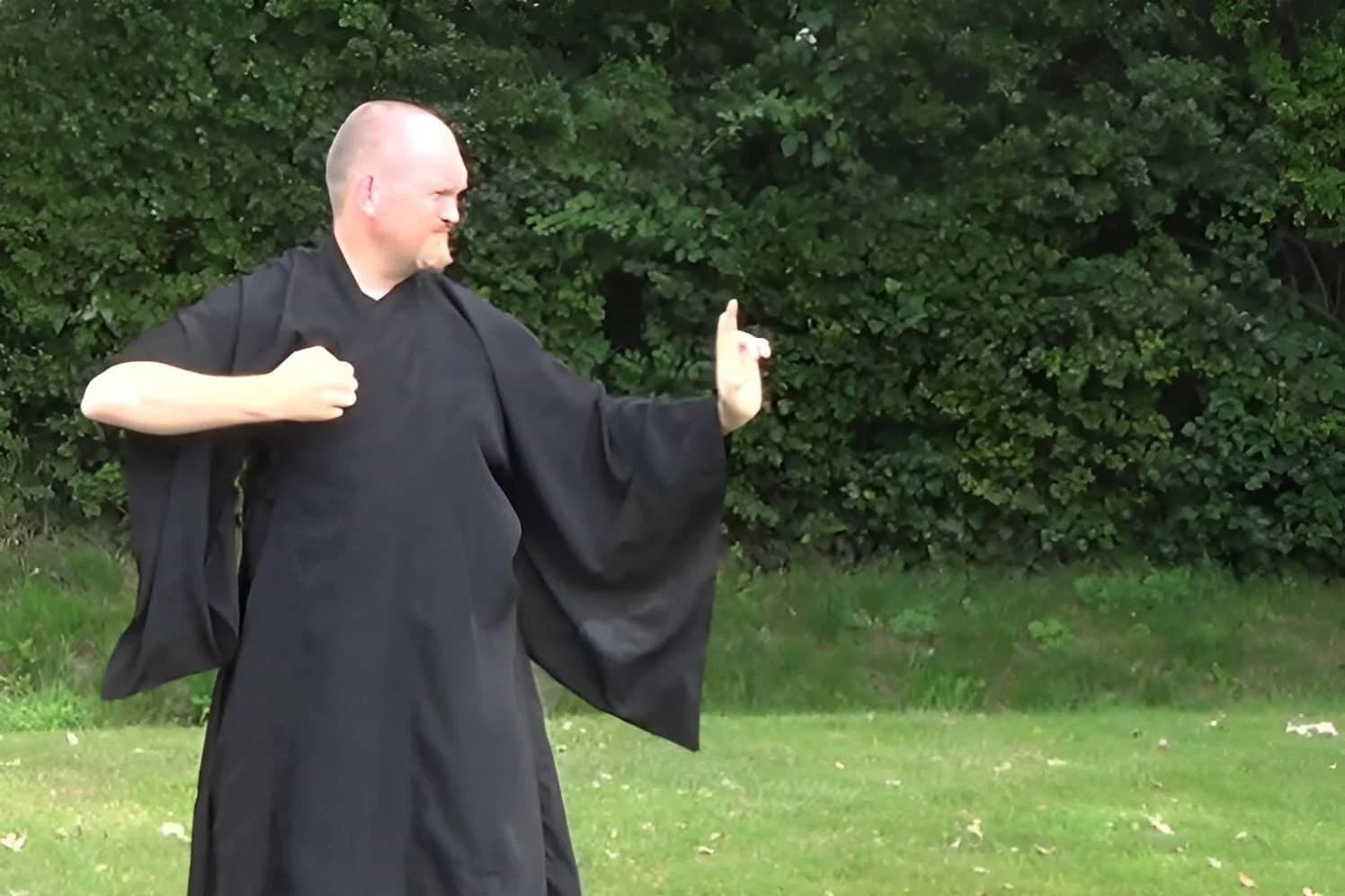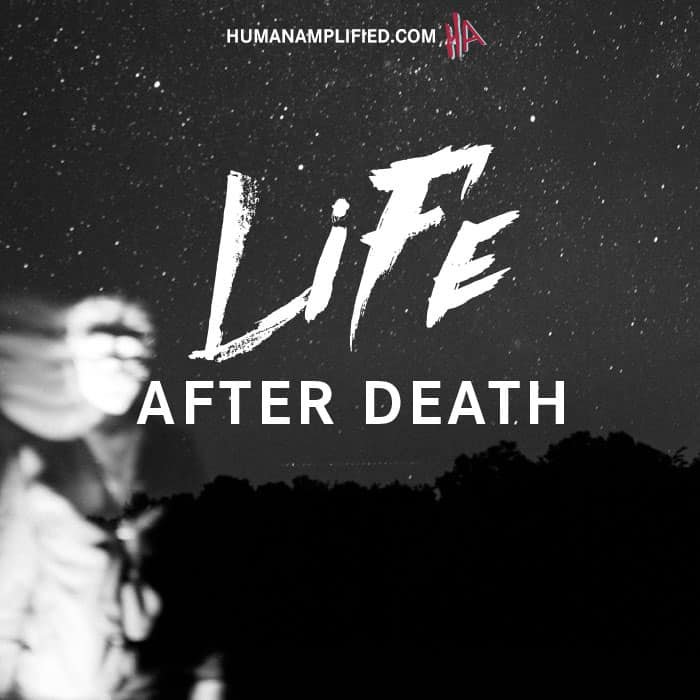Healing Through Spiritual Awakening: From Trauma to Inner Peace
Written By Brandi Fleck
Introduction: Returning to Ourselves
What if the pain you’re carrying isn’t a burden, but a bridge? In a profound conversation with Amie Dean, a licensed trauma therapist and ascension coach, I learned how emotional wounds—especially those rooted in childhood—can catalyze not just healing, but a full spiritual awakening. This article explores Amie’s journey from chronic illness and grief to integration and inner peace, offering a roadmap for anyone navigating the dark night of the soul.
The Inner Child: Our Original Wisdom Keeper
Amie Dean reminds us that within every adult is a child who once felt deeply, dreamed freely, and trusted instinctively. This inner child isn't just a memory or a wounded part of the psyche—it's also the original version of us that holds joy, playfulness, creativity, and truth. Before we were shaped by conditioning, trauma, or societal expectations, this version of us knew how to love without fear, feel fully, and connect effortlessly to the moment.
But as life unfolds, we often bury the inner child to protect ourselves. We may grow up too fast, suppress feelings, or adopt coping strategies that silence the vulnerable, curious parts of who we are. These protective layers—formed by unmet needs, painful memories, or emotional neglect—fragment us, creating disconnection from our most authentic selves.
Amie explains that healing the inner child isn’t about rehashing every difficult memory. Instead, it’s about rebuilding the relationship with this part of us. Listening when they speak. Comforting them when they cry out. Allowing them to play, laugh, or even be silly. It’s about inviting them back into the room and saying, “You matter. You’re safe now.”
In spiritual awakening, the inner child becomes a guide. They may show up in unexpected ways—urging you to swing at the park, express creativity, or finally speak your truth. As Amie describes, once she began her own healing journey, her inner child started emerging with spontaneity and joy, reminding her what freedom feels like. That’s integration.
When we make space for the inner child to coexist with our adult self, we reclaim our wholeness. And in doing so, we open the door to more love, more authenticity, and more life.
The Six Stages of Spiritual Awakening
Amie shares a clear, compassion-based model that outlines the nonlinear journey of awakening:
Dream Sleep / Autopilot: Life feels flat, mechanical. We go through the motions.
Dark Night of the Soul: Crisis hits. We question our purpose, our path, our worth.
Inner Discovery: We begin seeking healing—through therapy, coaching, or spiritual exploration.
Awakening: Joy, intuition, and presence return. Life gains vibrancy.
Awakened Living: We lead with love. Old patterns lose their power.
Integration: We welcome all parts of ourselves and live in harmony with our truth.
These phases aren't linear. We move between them as life unfolds.
You Might Also Like to Read: My First Spiritual Awakening: My Own Personal Story
Rock Bottom: When Awakening Begins
For Amie, awakening began during heartbreak—sitting in a parked car, reading a painful text from a partner. Grief cracked her open. But in that moment, something surprising happened: compassion arose. She sent a loving message instead of reacting with pain.
"I had never felt so good in my entire life," she said. "My heart exploded open."
This moment of radical presence marked the beginning of her journey back to herself.
For many people, spiritual awakening doesn't start with bliss. It begins with breakdown. Amie describes this as the moment when your current way of being is no longer sustainable. You may feel exhausted, disconnected, anxious, or like something is deeply off, even if you can’t pinpoint what. There’s often no clear answer, just a gnawing sense that the life you’ve built doesn’t fit anymore.
This point of collapse is what mystics often refer to as the Dark Night of the Soul—a time when your old identity crumbles and you're plunged into a kind of spiritual void. It can be terrifying. You may feel lost, hopeless, or like you’re unraveling. But it’s also a sacred turning point. It’s where awakening truly begins, because you're forced to confront what's no longer working. And that's when your true self can start to emerge.
Amie emphasizes that while this phase may feel like emotional or existential rock bottom, it’s actually a profound invitation to come home to yourself. There’s wisdom in the pain, and the breakdown becomes the breakthrough.
Healing Isn’t Always Linear—Or Gentle
Years later, Amie faced a health crisis that brought her to the edge of survival. Hospitalized, reacting to medications, and unable to eat without pain, she made a decision that changed everything: she walked out of the hospital.
"My body knew what my mind hadn’t caught up to yet," she said. "I had to leave."
With the support of her husband and a small circle of trusted people, she rebuilt her strength through intentional nutrition, emotional healing, and spiritual resilience.
There’s a common misconception that once you begin a spiritual awakening or healing journey, things will get progressively better. But Amie Dean reminds us that true healing is rarely a straight line—and almost never gentle. The process can feel like a spiral: one moment you’re grounded and growing, the next you’re revisiting wounds you thought you’d already healed.
That’s not failure. That’s the nature of real, embodied transformation.
Healing invites us to revisit the same emotional landscapes, but with new eyes and a stronger foundation each time. It’s not about fixing yourself; it’s about learning to be with yourself—with your grief, rage, confusion, and joy—in ways you never have before.
Amie shares that her own healing included allergic reactions, medical frustrations, and emotional collapse. The turning point came when she listened to her body’s quiet, intuitive voice—a voice that said, “This isn’t working. It’s time to go.” Leaving the hospital without a clear plan wasn’t brave in the heroic sense; it was raw, scary, and necessary. It was what her soul knew, even if her mind didn’t yet understand.
This is the heart of non-linear healing: it’s often messy, inconvenient, and deeply vulnerable. But with every breakdown, there’s an opportunity to rebuild from a place of greater truth.
Sometimes healing doesn’t feel like healing at all. It feels like getting worse before you get better. But if you keep listening, keep trusting, and keep choosing yourself—again and again—you realize that even the painful moments are part of the awakening. They’re not detours. They’re the path.
Fear, Ego, and Fragmentation
One of the most disorienting aspects of spiritual awakening is coming face-to-face with your own mind. Fear, doubt, anger, control—these are not flaws, but signals from what Amie Dean describes as the ego and its many fragmented parts. The ego isn’t the enemy. It’s the part of us that was built to protect us. But left unchecked, it can become a prison.
Amie explains that ego develops a sense of separateness to keep us safe. It whispers that we’re alone, that we must fend for ourselves, that vulnerability equals danger. It creates stories: I’m not good enough. No one understands me. If I speak my truth, I’ll be rejected. These narratives aren’t always obvious, but they shape how we interact with others, with ourselves, and with our purpose.
Over time, especially through trauma or emotional wounding, we start to split off into fragmented parts—inner personas that carry their own fears, rules, and voices. There might be an Inner Critic who shames you for not doing more. A Perfectionist who demands impossible standards. A Wounded Child who just wants to feel safe. Each part was formed with the best intentions—to protect you—but over time, they can pull you in conflicting directions.
This is fragmentation: when we feel internally torn, like we’re battling ourselves. One part wants to leap into something new. Another part wants to run and hide. One voice urges love. Another warns of loss. And so we stall, spiral, or self-sabotage.
Healing doesn’t mean eliminating these parts. It means bringing them into relationship with one another—and with your Higher Self. When we learn to recognize the voice of fear as just one voice—not the ultimate truth—we create space for deeper wisdom to emerge. This is where intuition begins to lead, not from panic, but from inner clarity.
Amie describes ego traps as moments when we mistake the voice of a part for the voice of the whole. We lash out, shut down, overanalyze, or withdraw—not because we’re broken, but because a wounded part is at the wheel. The key is awareness. When you notice what part is activated, you can pause, breathe, and choose a different response.
In doing so, fragmentation starts to soften. Integration begins.
Integration Is the Real Awakening
Spiritual awakening is often mistaken for a peak moment—a vision, an epiphany, a breakthrough that cracks open your consciousness and changes everything in an instant. But what Amie Dean makes clear is that true awakening isn’t just about awakening to something new—it’s about integrating all that’s already within you.
Integration is the real work. And it’s where the real freedom lies.
After you've recognized your patterns, felt your feelings, and listened to your fragmented parts, there’s still the journey of weaving it all back together. Integration is what happens when your inner child no longer hides in fear, but plays. When your inner critic softens from attack to guidance. When the part of you that used to shut down in stress now takes a breath and asks what you need.
It doesn’t mean you’re perfect. It doesn’t mean your triggers vanish overnight. It means you can witness your experience without being ruled by it. That’s integration.
Amie describes integration as a gradual returning to wholeness—a coming home to the Self. As you heal, those once-scattered parts of your psyche begin to trust your leadership. They no longer need to run the show. They learn to rest, to evolve, and to support you in ways that are aligned with your higher purpose.
You’ll know you’re integrating when joy starts to feel safer than suffering. When rest doesn’t feel like laziness. When your boundaries become sacred rather than shameful. You might find yourself laughing more, creating more, connecting more authentically—not because everything is fixed, but because you’re no longer abandoning yourself in the process.
And it doesn’t always feel like a grand revelation. Sometimes, integration looks like taking a walk instead of spiraling, drinking water instead of dissociating., saying “no” without apology, or taking up space without fear.
You Might Also Like to Read: What Healing from Trauma Feels like
That’s the essence of embodied awakening: when all parts of you are invited to the table, and none of them have to scream to be heard.
Integration is not a final destination—it’s a daily practice of remembering who you are and choosing to live from that place. Not just when things feel good, but especially when they don’t.
This is the phase where spirituality becomes less of a concept and more of a lifestyle. And maybe, for the first time, you realize: you’re not becoming someone new—you’re finally being who you’ve always been.
Awakening Without the Language
Not everyone who awakens uses the term "spiritual awakening."
Some people come to awareness through therapy, some through nature, some through crisis. What matters most isn’t the terminology but the return to presence, compassion, and alignment with one’s truth.
"Even if you don’t know what spiritual awakening means," Amie said, "you can still be living it."
Final Words: We’ve All Been Through Something
"Every person has experienced trauma," Amie shared in our final moments. "Maybe not trauma with a capital T, but any moment we couldn’t fully process can live in our bodies as unhealed pain."
She encourages all of us to stop comparing our stories and instead recognize the sacredness of our own. Because within that wounded part of you lies the key to your awakening.
Resources and Where to Find Amie
Visit one-awakening.com for Amie's latest offerings, including her upcoming book and free Spiritual Awakening Guidebook.
Join her Facebook community Awakening Spiritually Together, and connect with like-minded souls walking the healing path.
Ready for Your Next Step?
Start by asking: What is my inner child trying to say today?
The answer may be the first step back home.
Join the conversation!
Feel free to let me know if you have any questions in the comments.
Related Posts
Hi, I’m the founder of Human Amplified. I’m Brandi Fleck, a recognized communications and interviewing expert, a writer, an artist, and a private practice, certified trauma-informed life coach and Reiki healer. No matter how you interact with me, I help you tell and change your story so you can feel more like yourself. So welcome!
Find More on the Blog
Topic
- Black and BIPOC
- FAQ
- LGBTQIA plus
- Nashville
- Seattle
- UFOS/UAPs/ETs
- abuse
- acceptance
- accepting
- accountability
- addiction and recovery
- affirmations
- afterlife
- angels
- animals
- anxiety management
- art
- astrology
- awakening
- body image
- body work
- boundaries
- brandi fleck
- breathwork
- burn out
- cancer
- career
- chakras
- channeled
- clarity-dive
- clarity-practice
- clarity-primer
- coach
- communication
- community
- confidence
- conflict resolution
- connection-practice
- connection-primer
- consciousness
- creator
- crystals
- dance
- dating
- death
- decision making
- disease
- divorce
- education
- emotional health
Recent Blog Posts
Visit the Full Podcast Audio Archive
Affiliate





































